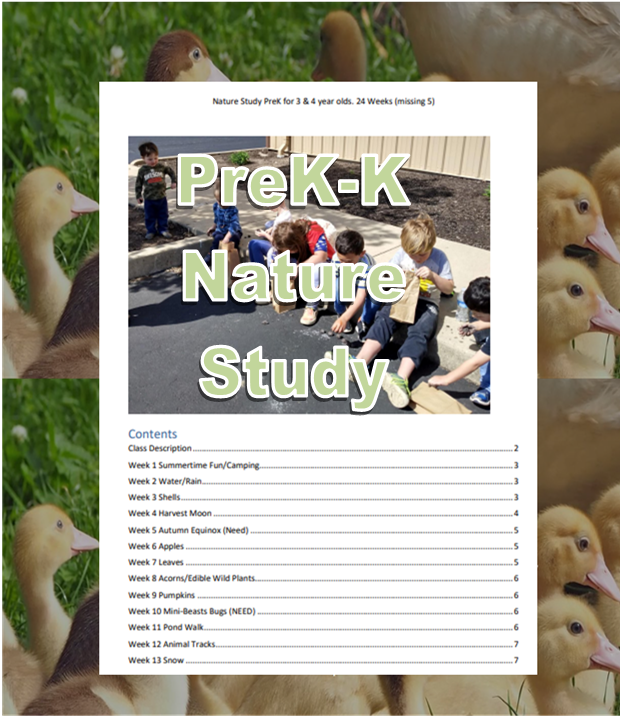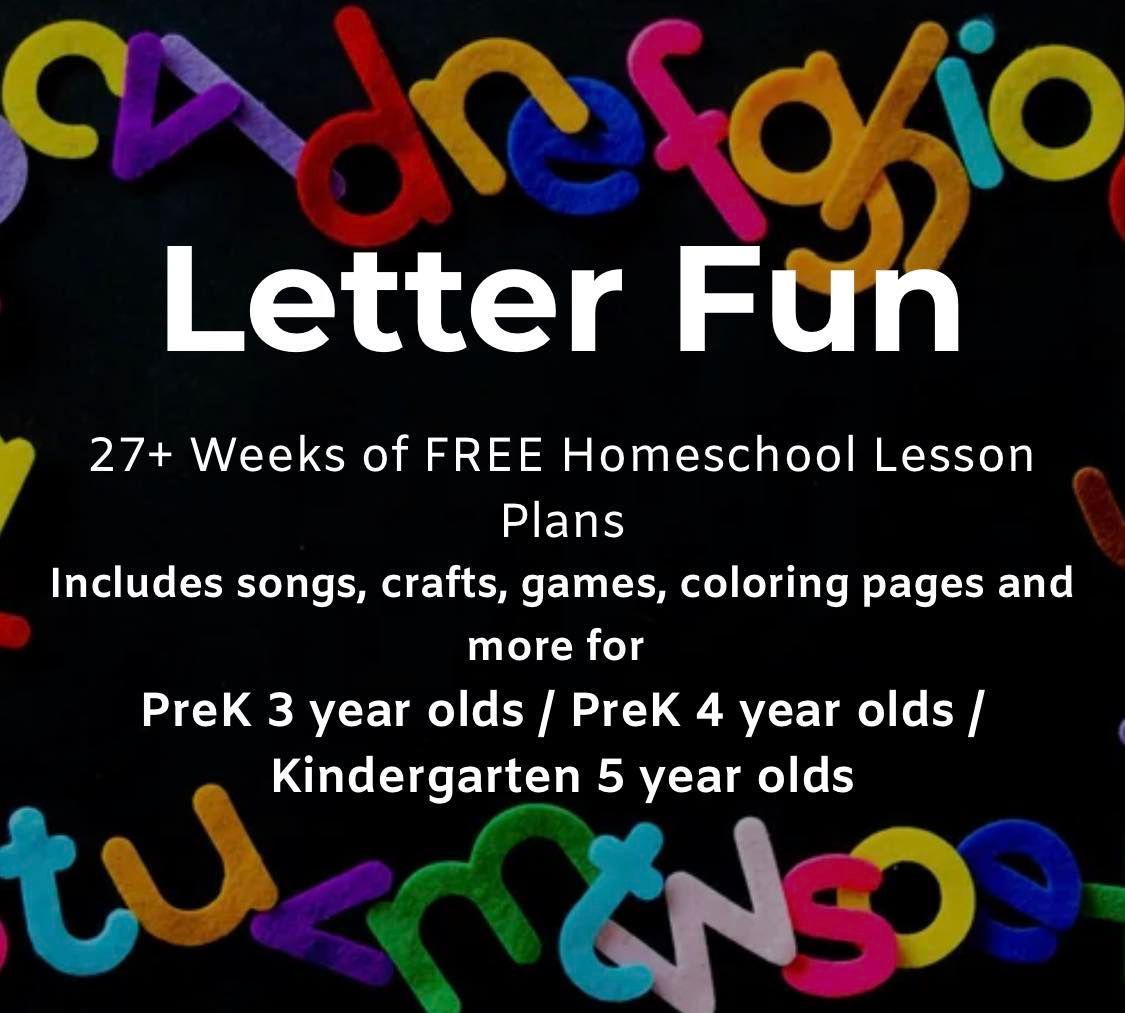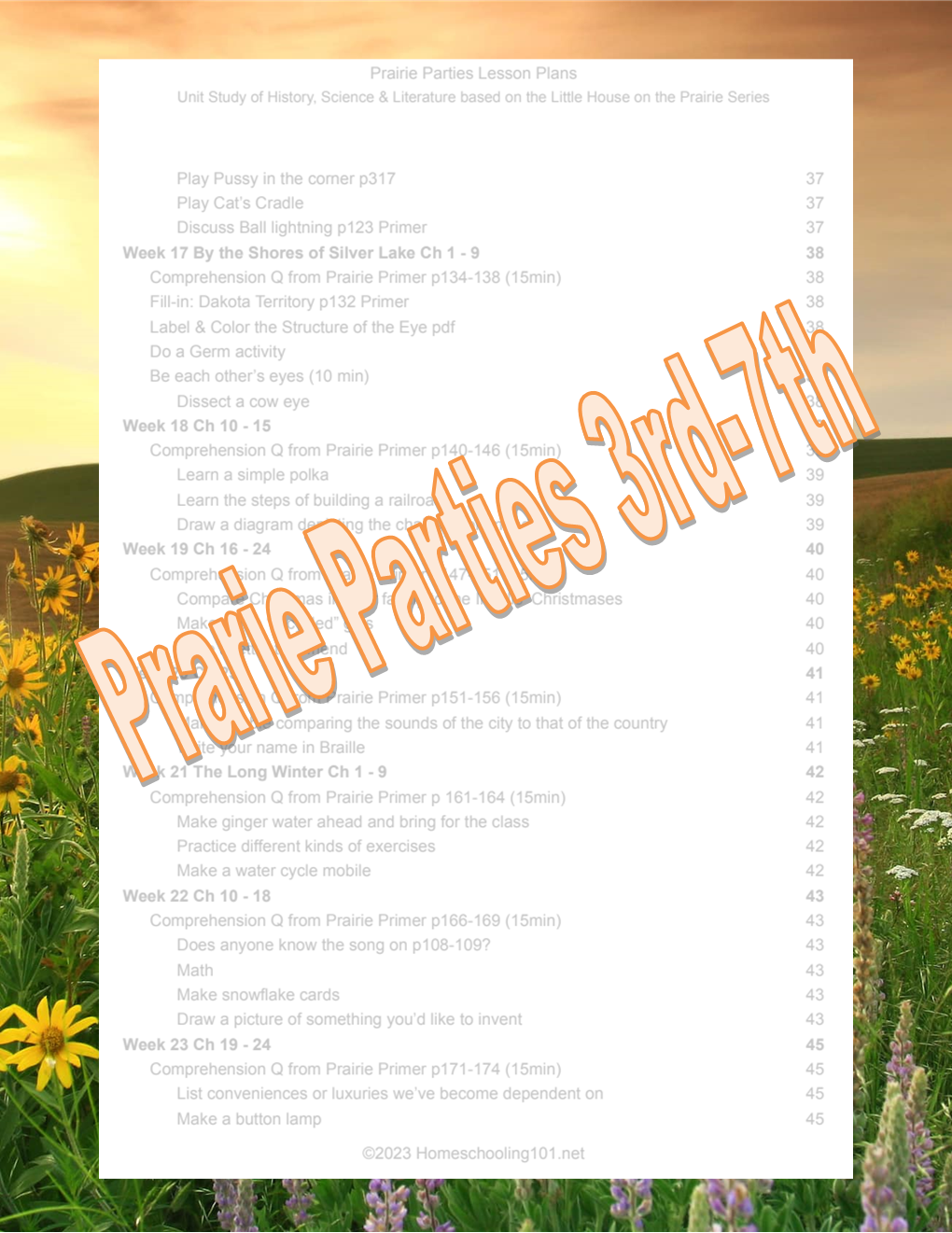How to Start Homeschooling in 2025
Launch Your Homeschool Journey with Confidence this Year

Ready to ditch the traditional classroom and unlock a world of personalized learning for your child in 2025? Here’s how to start homeschooling with ease and excitement!
Homeschooling has seen a remarkable rise in popularity in recent years, with families seeking personalized education, flexibility, and alternatives to traditional schooling. In 2025, the trend continues, fueled by advancements in online resources, supportive communities, and a growing array of free and affordable curricula. Whether you're a new homeschooler or transitioning from public school, starting your journey in 2025 can be both exciting and manageable with the right steps. This guide will walk you through the essentials, drawing from expert resources like Homeschooling101.net and a variety of other trusted sources to help you launch your homeschool adventure with confidence.
Step 1: Understand Your Why and Research Legal Requirements
Before diving in, clarify your reasons for homeschooling. Are you seeking a tailored education for your child’s learning style, more family time, or a curriculum aligned with your values? Defining your "why" will guide your decisions. For instance, Homeschooling in 2025 Trends notes that many families are motivated by dissatisfaction with mainstream education quality and a desire for customization—insights that resonate with current homeschooling growth.
Next, research your local homeschooling laws to ensure compliance from the start. In the U.S., regulations differ widely by state—Texas keeps requirements light, while New York demands annual assessments and specific subjects. The Homeschool Legal Defense Association (HSLDA.org) provides a detailed state-by-state breakdown, and for even more localized insights, including state-specific groups and legal tips, check out https://www.homeschooling101.net/homeschool-groups-by-state. These resources will clarify your obligations, like notifying your school district or submitting a letter of intent, so you can begin with confidence.
Step 2: Choose a Homeschooling Style
Homeschooling isn’t one-size-fits-all. Your style should match your family’s needs and your child’s learning preferences. Here are a few popular approaches, enriched by insights from various sources:
- Traditional: Structured like public school, with pre-packaged curricula (e.g., Abeka, Oak Meadow or Seton Press). Ideal for parents who value routine.
- Charlotte Mason: Focuses on nature, literature, and short lessons. Ambleside Online offers free resources with “living books” to bring learning to life, perfect for a gentle approach.
- Classical: Rooted in the trivium (grammar, logic, rhetoric), this method emphasizes great books and critical thinking. The free lessons at Homeschooling101 have been used often in classical programs providing a framework for rigorous, stage-based learning.
- Unschooling: Child-led and interest-driven, prioritizing real-world experiences over formal lessons. Its appeal is for creative, self-directed learners.
- Eclectic: A customizable blend of styles. We suggest mixing methods—like Homeschooling101.net’s lesson plans with hands-on projects—to suit your family.
- Travel School (Roadschooling): Education on the go, using travel to teach geography, history, and culture. Roadschooling America showcases how families learn through adventure, often pairing with other styles like Unschooling.
Explore these options and consider your child’s strengths. For practical tools, Homeschooling101.net offers free lesson plans and videos that can complement any style, especially for beginners needing structured guidance.
Step 3: Select a Curriculum
In 2025, the curriculum landscape is rich with options, many of which are free or low-cost—a boon for budget-conscious families. Here’s how to choose:
- Free Resources: Homeschooling101.net provides downloadable lesson plans for preschool through high school, complete with "Teach the Teacher" videos from experienced moms. We offer a free, Christian-based K-12 curriculum with online dowloadable lessons, covering core subjects and electives like art and literature.
- Comprehensive Programs: For a structured approach, Power Homeschool delivers video-based lessons with certified teachers, while Time4Learning offers an award-winning online curriculum for math, language arts, and more—both adaptable to your schedule.
- Subject-Specific: Need math help? Khan Academy provides free video lessons from basic arithmetic to calculus.
Assess your child’s grade level and interests. Check out Cathy Duffy Reviews for expert insights on how programs align with learning styles. With so many choices, you’re sure to find a curriculum that clicks!
Step 4: Plan Your Year
Planning reduces stress and keeps you on track. Decide if you’ll follow a traditional August-to-May schedule or homeschool year-round with breaks tailored to your family, as suggested by Homeschooling 101: Creating Lesson Plans. Count your state’s required days (often 180) and map them out.
- Tools: There are online planners, paper planners, apps, and websites. Choose what works best for you. Or start with what you know and try others as you get to it.
- Daily Rhythm: Core subjects like math and reading can be daily, while science or history might alternate weekly. Homeschooling101.net’s group lessons for co-ops can inspire a balanced routine, even for solo homeschoolers.
Start broad—outline months with holidays and vacations—then drill down to weekly plans. Jenn highly encourages scheduling in the FUN activities so you don't get bogged down with "have to's".
Step 5: Gather Resources and Build a Community
Beyond curriculum, stock up on supplies (e.g., books, art materials) and leverage free extras. The Good and the Beautiful offers free PDFs for language arts and math, while BBC Bitesize (UK-based but globally accessible) provides online tools for core subjects.
Community is key in 2025. Join local co-ops or online groups via Homeschooling101's Homeschool Groups by State. Homeschool co-ops are on the rise for socialization—check local listings or start your own with Homeschooling101.net’s group lesson plans.
Step 6: Start Small and Adjust
Begin with a light schedule—perhaps core subjects for a few hours daily—then expand as you find your groove. Ease in with one subject to build confidence and work on routines like chores and personal hygiene. Track progress informally at first since you can automate records later.
Expect adjustments. We all know that plans change—adapt based on what works for your child, whether it’s more hands-on activities or a slower pace.
Final Thoughts
Starting homeschooling in 2025 is an empowering choice, made easier by abundant resources and a supportive community. From Homeschooling101.net’s practical lesson plans to Khan Academy’s free courses, you have tools to craft a rich education. Take it step-by-step, lean on your "why," and enjoy the journey. As Homeschooling in 2025 Trends predicts, this year promises growth and innovation for homeschoolers—your family can be part of it! Ready to dive in? Explore these resources and start planning today.







































